On this side of the Atlantic, design doyenne Elsie de Wolfe is credited with popularizing animal prints in home decor in the 1920s. In Europe, French designer Madeleine Castaing is said to have made the prints chic (especially leopard-print rugs, which she believed excelled at hiding mucky footprints). But while zebra and tiger stripes, leopard spots, and other animal prints epitomized glamour and taste for several decades, by the end of the 20th century they were considered déclassé. (The leopard-print ensembles of Peg Bundy and Scary Spice didn’t help the cause.)
Now, however, we’re happy to report that animal prints are making a decor comeback. And even if your aesthetic is more mild than wild, you can beautifully incorporate them into your home. Take inspiration from the examples below.
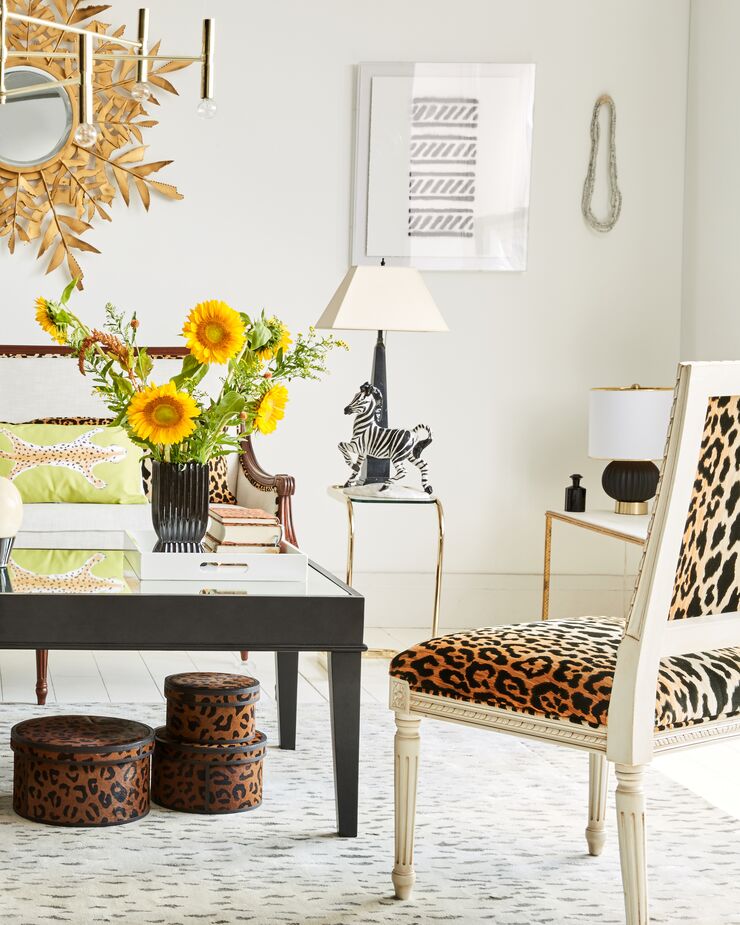
The classic silhouette and carved detailing of the Exeter Side Chair ensure that the leopard print feels refined rather than brash. At the same time, the lumbar pillow with its watercolor leopard manages to be both chic and whimsical.
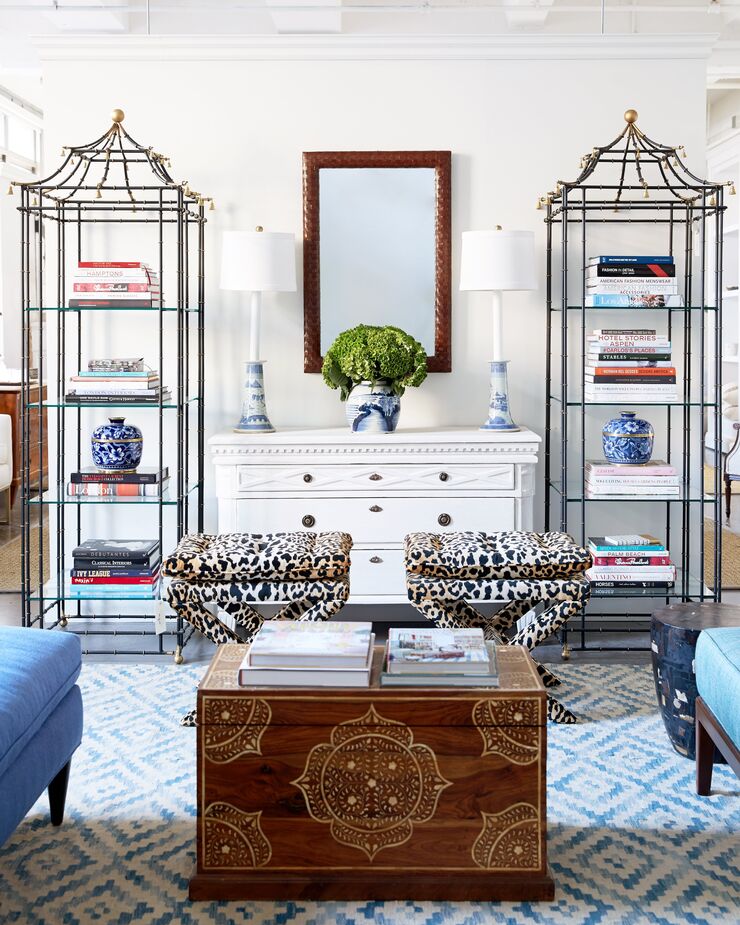
A pair of Dalton Pillow-Top Ottomans in Leopard bring another layer of luxuriousness to this lavish curated room.
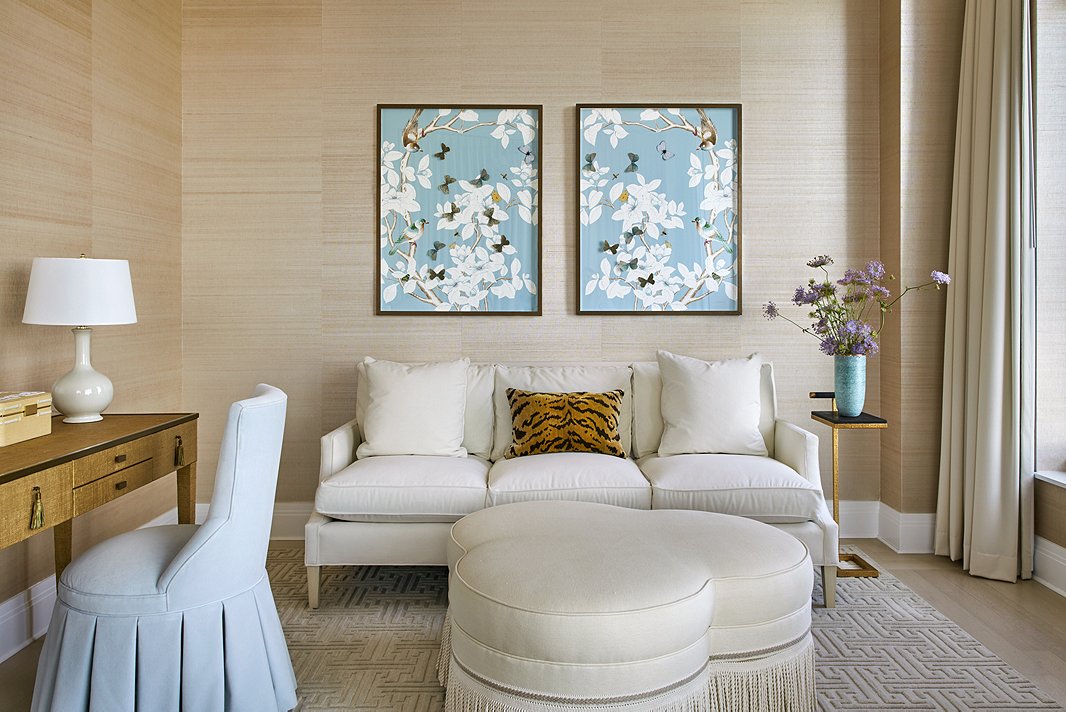
From the ivory settee and ottoman to the graceful art, this room is a picture of serenity. The tiger pillow keeps it from feeling overly sedate, however. Photo by Seth Caplan; room by Ariel Okin.
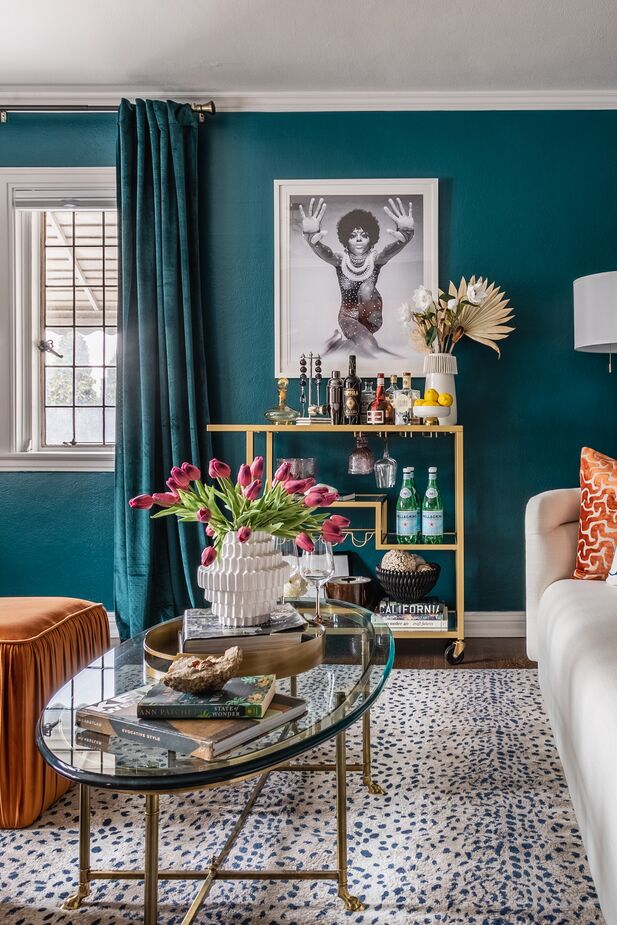
In her room for the 2022 St. Margaret’s Decorators’ Show House, Hope G. Pace of So Chic Home Design used a cheetah-print rug to set a glamorous foundation; find a similar rug here. Photo by the Addison Group.
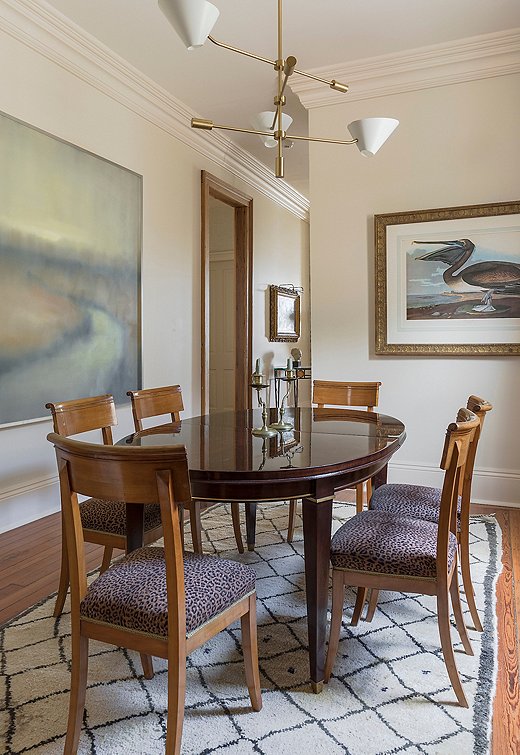
Because the leopard print appears only on the seats of the dining chairs, and in a muted colorway, it plays a supporting role to the more prominent pattern of the Beni Ourain rug and the bold art. Photo by Sara Essex Bradley, courtesy of Graci Interiors.

If one animal print is good, are two better? They are in this room. Because the leopard rug and the tiger pillows are both low-key browns, they work together with the dark nightstands to allow the green headboard and bedskirt to be the focal point. Find a similar rug here. Photo by Tony Vu; room by Lilly Bunn.
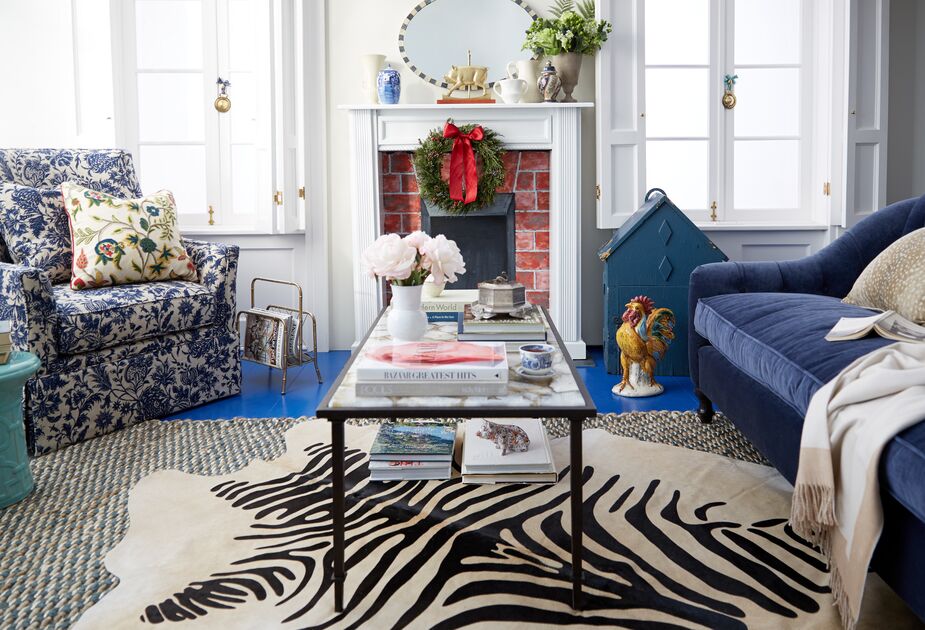
More proof of how well animal prints can play with other patterns. The relatively tight palette—blues and neutrals—helps, as does the fact that as the largest-scale print, the zebra rug is also the simplest.
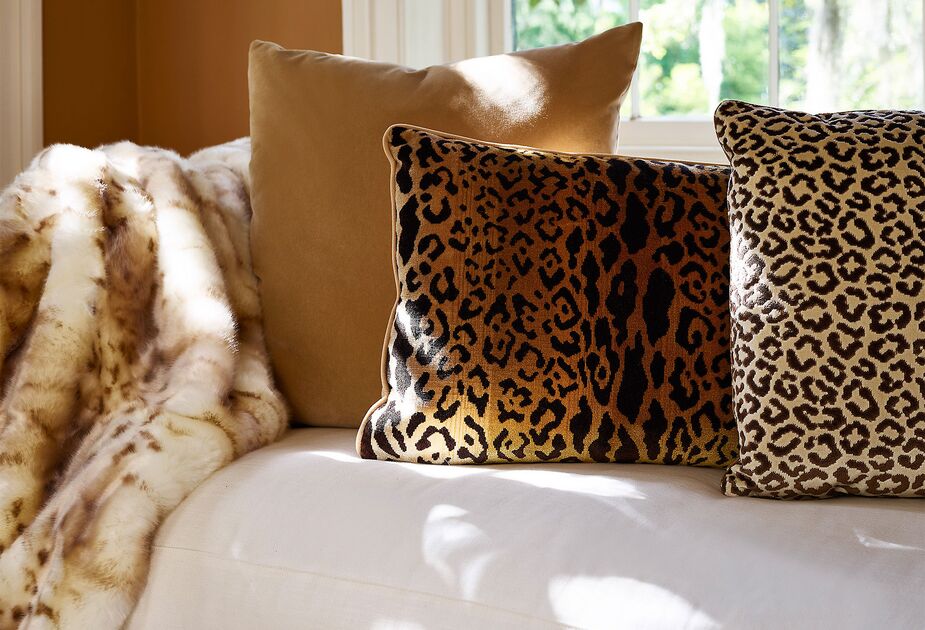
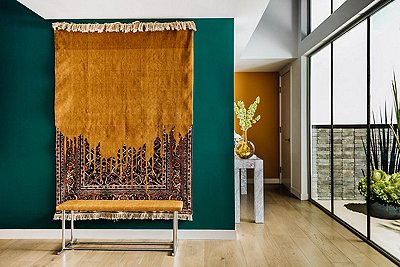
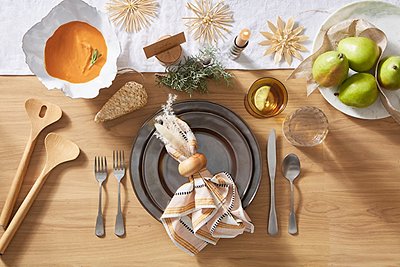
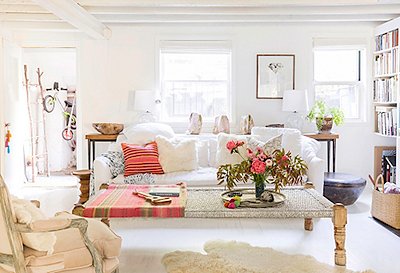
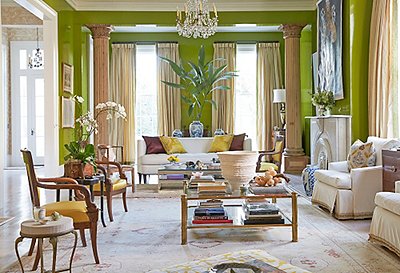

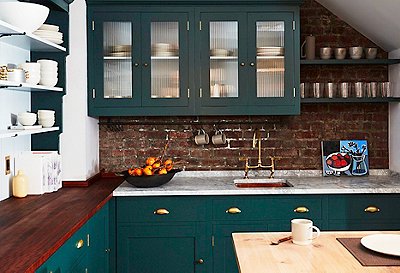
Join the Discussion